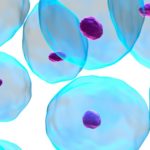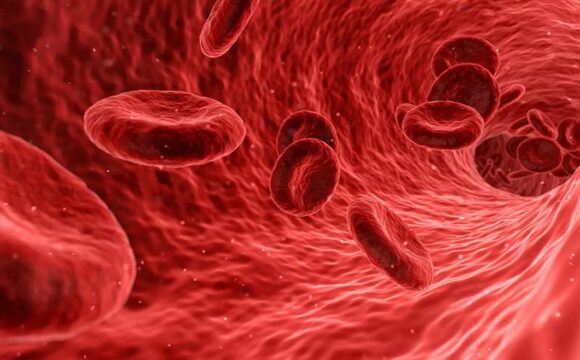A study published in The Lancet journal in May 2017 attracted huge media attention. The study demonstrated how people affected with HIV and starting medicines early can expect a near-normal lifespan. So what exactly happened that made it so?
Decades ago researchers barely understood what HIV is and how its infection spreads. This added to the stigma and horror surrounding it. The reason for the inability to target the HIV is that it is enclosed in a capsid (outer structure) such that the immune system fails to recognize and the scientists do not have the proper understanding of the structure of capsid yet. With time, however, things have improved. A milestone case was noted in the year 1998 when a man in Berlin, who was HIV positive and received a stem cell transplantation was never detected with HIV in his blood thereafter. This story was published in the 2014 book Cured: The People who Defeated HIV. Then in the year 2009, an article published in the Journal of Virology pointed out that ALVAC-HIV/AIDSVAX-B/E RV144 vaccines prevented the HIV infection at a rate of 31%. One must point out that taking clinical trials for vaccines is incredibly difficult especially when it comes to human testing. Also, about 40% of people who have HIV don’t know about it, making diagnosis difficult as well. But when they are diagnosed the most common way of treatment involves the use of The Anti-Retroviral therapy (ART), which uses drugs that neither kill nor cure the virus but simply slow down the replication which ultimately reduces the spread of infection.
HIV Capsid
(Source: Campbell and Hope 2015)
The study published in Lancet is a new milestone in the list mentioned above and was largely funded by the European Union and organizations in the UK. The study shows that there is a remarkable increase in life expectancy in HIV patients in recent years compared to what it was in the mid-1990s. Adam Trickey, from the University of Bristol, said, “Combination antiretroviral therapy has been used to treat HIV for 20 years, but newer drugs have fewer side effects, involve taking fewer pills, better prevent replication of the virus and are more difficult for the virus to become resistant to”. However, this study also has some caveats worth discussing.
The study looks at the life expectancy of the patients in the past vs now. And although there is clearly an improvement, it does not hold true for the people who contracted HIV via intravenous sources. It also does not hold true for people diagnosed at a later stage in life. The study’s findings are also inapplicable to the non-caucasian population. And is far from predicting the scenario for the developing world where diagnosis and awareness are poorer and access to drugs is limited.
In spite of the limitations, there are some other developments in recent times worth exploring. As early as 2013 researchers from the University of Illinois successfully used one of the supercomputers to create a detailed molecular map of the HIV capsid. Although the program is underway it successfully demonstrated how an HIV virus defeats the cell defender in the body. Besides this, Researchers from the University of Copenhagen took a step forward in vaccine development for HIV. Team Leader and Associate Professor Peter Holst of the Department of Immunology and Microbiology said, “We’re presenting an entirely new vaccine solution. Our vaccine supports the work of the immune system in developing an effective combating mechanism against the virus, rather than immediately combating the toughest parts of the virus. In combination with other vaccines, this approach can prove to have a highly efficient effect”
In conclusion, one can summarize that although with difficulties but we surely have a better understanding of the virus and its control there is still a lot to be done but for now, there are definitely some reasons for joy.
References:
- ccnnphilippines.com/lifestyle/2017/05/12/Modern-HIV-drugs-can-add-10-years-to-life-expectancy
- Edward M. Campbell and Thomas J. Hope HIV-1 capsid: the multifaceted key player in HIV-1 infection. Nature Reviews Microbiology, 6 July 2015
- www.sify.com/news/new-vaccine-strategy-may-control-hiv-in-monkeys-news-others-rfssueahgjchh










